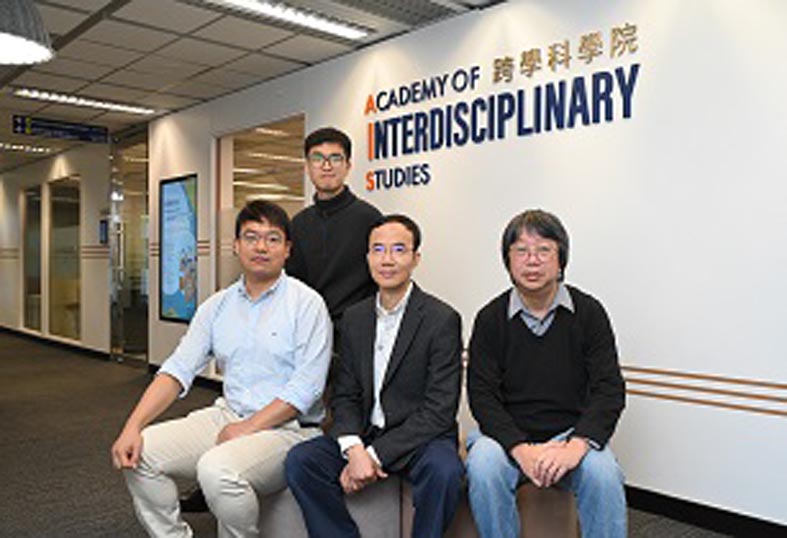An international research team led by the Hong Kong University of Science and Technology (HKUST) has developed an artificial intelligence (AI) model that can help mitigate global ammonia emission from agriculture
Harnessing the power of machine learning, this groundbreaking study not only revealed that global ammonia emissions from cropland are lower than previously estimated, but also demonstrated how optimising fertiliser management can effectively reduce emissions by approximately 38%, without compromising the overall use of nitrogen fertilisers. It provides valuable insights for policymakers worldwide to address the United Nations' Sustainable Development Goals (SDGs) related to poverty eradication, food security, and sustainable agriculture.
Notably, the production of three major crops – rice, wheat and maize – account for more than half of the global cropland ammonia emission. As the demand for food increases amid the world's population growth, it has become crucial to discover ways of reducing these emissions for sustainable development. In Asia alone, around 76% of wheat land is suitable for using enhanced-efficiency fertilisers (EEFs) to reduce ammonia emissions due to the influence of global warming, as temperature plays a pivotal role in ammonia emission from wheat lands in Asia. The continent has been found to have the highest ammonia reduction potential, followed by North America and Europe.
However, the lack of accurate global-scale information makes it challenging for countries to implement effective emission reduction strategies tailored to their specific conditions. To address this challenge, a research team led by HKUST collected and compiled a dataset based on field observation data of ammonia emission rates spanning between 1985 and 2022.
An AI-powered computer model was trained to estimate global ammonia emissions using the dataset while considering various geographical factors such as climate, soil characteristics, crop types, irrigation water, fertiliser, and tillage practices. This model is capable of generating customised fertiliser management plans for different regions. The AI model discovered that by optimising fertiliser management, including adjusting the timing of fertilisation, utilising a specific blend of nutrients, and implementing suitable planting and tillage practices, it is possible to reduce global ammonia emissions from the three crops by up to 38%. This finding holds particular significance as this work has projected a 4.0% to 5.5% increase in global ammonia emissions from cropland over the 30-year period until 2060. Therefore, even achieving a fraction of this potential reduction would suffice to offset the projected increase.
"Global efforts to reduce emissions currently face significant obstacles, such as high costs and small farm sizes. The findings illustrate a global map with up-to-date data on global ammonia emissions, which can inform policymaking and management practices aimed at reducing haze and ensuring food security," said Jimmy Fung Chi-Hung, chair professor of HKUST's Division of Environment and Sustainability in the Academy of Interdisciplinary Studies and Department of Mathematics. "This underscores the tremendous potential of utilising big data and AI in promoting sustainable development."
For more information, visit: https://hkust.edu.hk/




